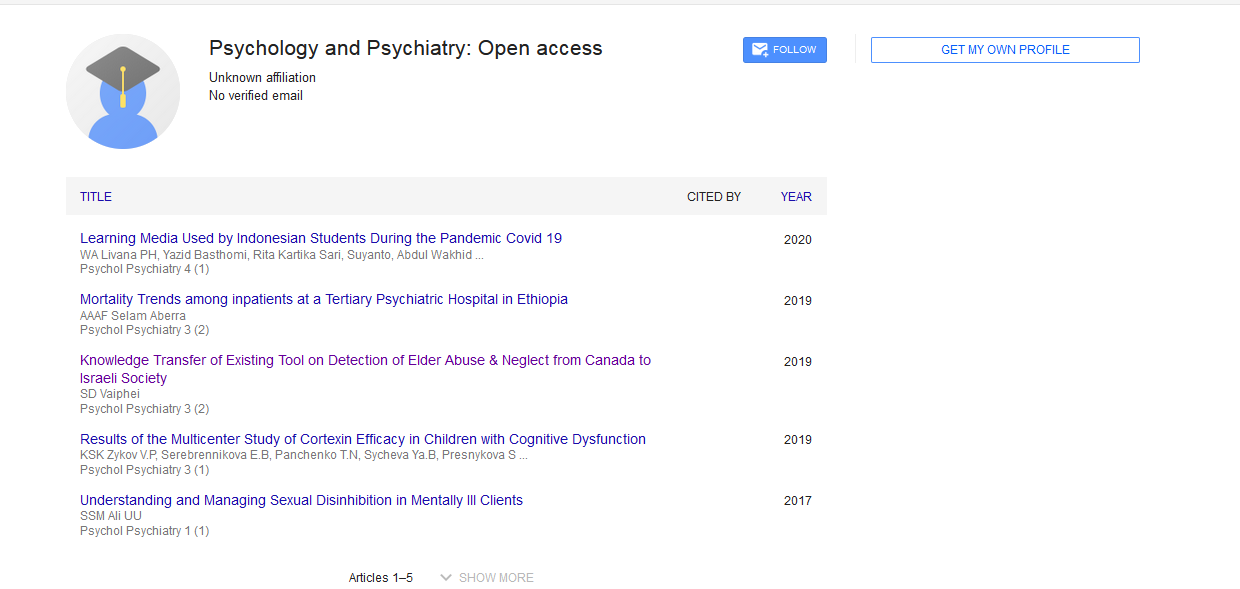Higher Suicidal ideation and poor reasons for living in Suicide attempters compared to deliberate self harm after their attempts in a cross-sectional study
*Corresponding Author:
Copyright: © 2020 . This is an open-access article distributed under the terms of the Creative Commons Attribution License, which permits unrestricted use, distribution, and reproduction in any medium, provided the original author and source are credited.
Abstract
Statement of Problem: Literature distinguishing deliberate self harm and attempted suicide and factors influencing recovery phase needs further research. Identification of factors for recovery in these groups and its relation to suicidal ideation is the aim of the present study. Methodology and theoretical orientation: Cross sectional data was collected on immediate post suicidal (AS) or deliberate self harm (DSH) attempts, medically fit, comprehending and consented patients. Socio demographic profile, DSH or suicide attempt details, past attempts, Beck’s suicidal ideation scale, Columbia suicide severity rating scale (C-SSRS) and Brief reasons for living (BRL) scale was used in statistical analysis for comparison of groups and correlation between Beck’s suicidal ideation scale and Brief reasons for living le scores. Results: In 21 subjects DSH and 16 of SA, poisoning was common mode of attempt 20 (95.2%) and 15 (93.85%) respectively. Significantly higher Beck’s suicide intention scores in AS group mean 29. 56 (severe) than DSH mean 25.52 (moderate).DSH had higher scores on impulsive behaviour 17 (81%) than AS 10 (62.5%) while major depression in AS 9 (56.3%) than DSH 2 (9.5%).Protective factors were identified better in DSH 20 (95.2%) and 11 (68.8%) in AS group.DSH group had better recognition of social network and support,18 (85.7%),thought of suicide as immoral 10 (47.6%), fear of death, dying and pain 5 (23.85) than AS 11 (68.8%), 3 (18.8%) and nil respectively. Significant negative correlations between BSI and BRL-Survival and coping beliefs rho= – 0.30 and responsibility to family rho= -0.55 were seen in AS group and and none in DSH group. Conclusions and significance: High Suicidal intention following DSH or AS while it was severe in AS group.DSH group were more impulsive however able to identify reasons for living better than AS group. Careful assessment and management is of importance immediately following DSH or AS4.

 Spanish
Spanish  Chinese
Chinese  Russian
Russian  German
German  French
French  Japanese
Japanese  Portuguese
Portuguese  Hindi
Hindi 